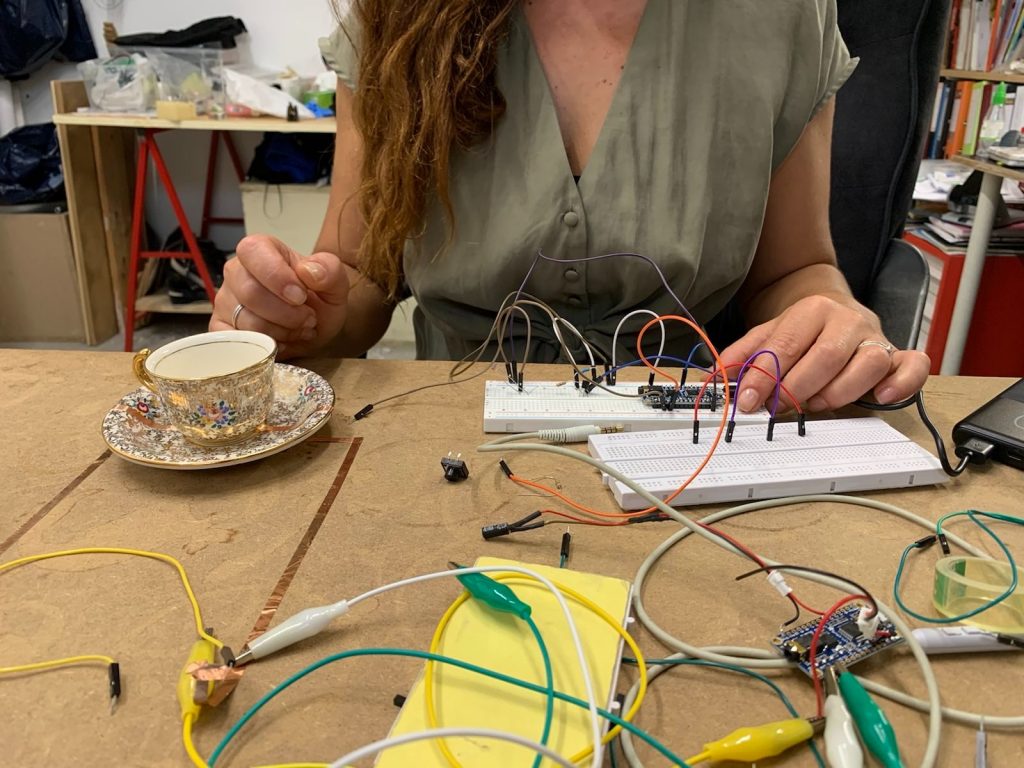
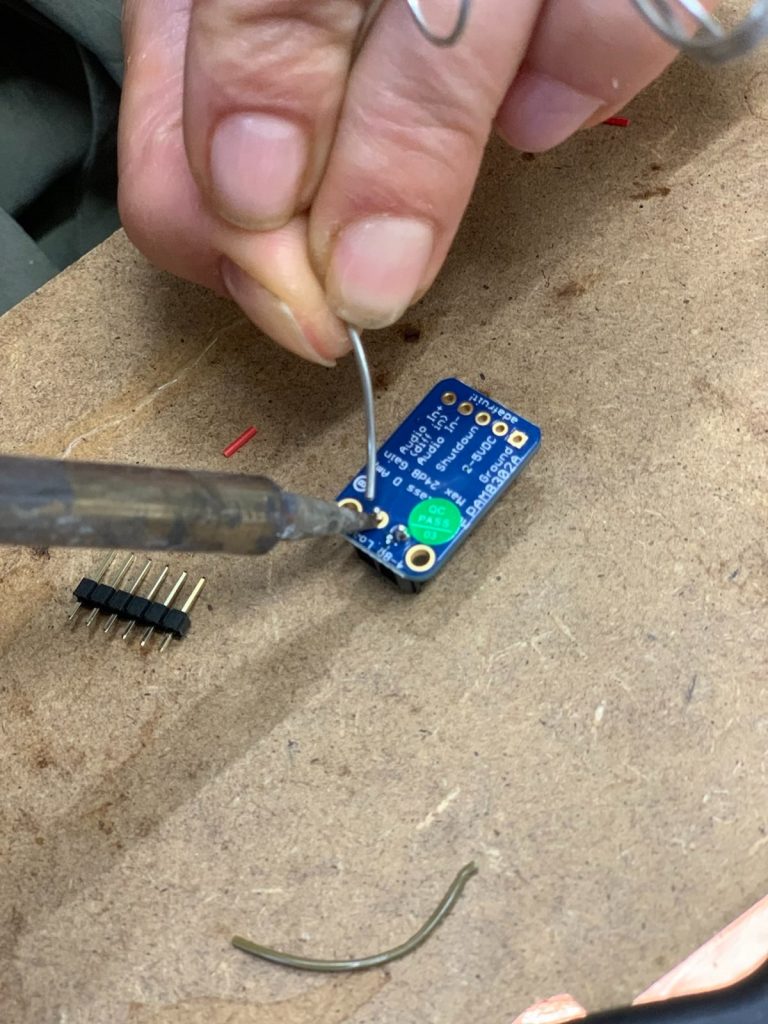
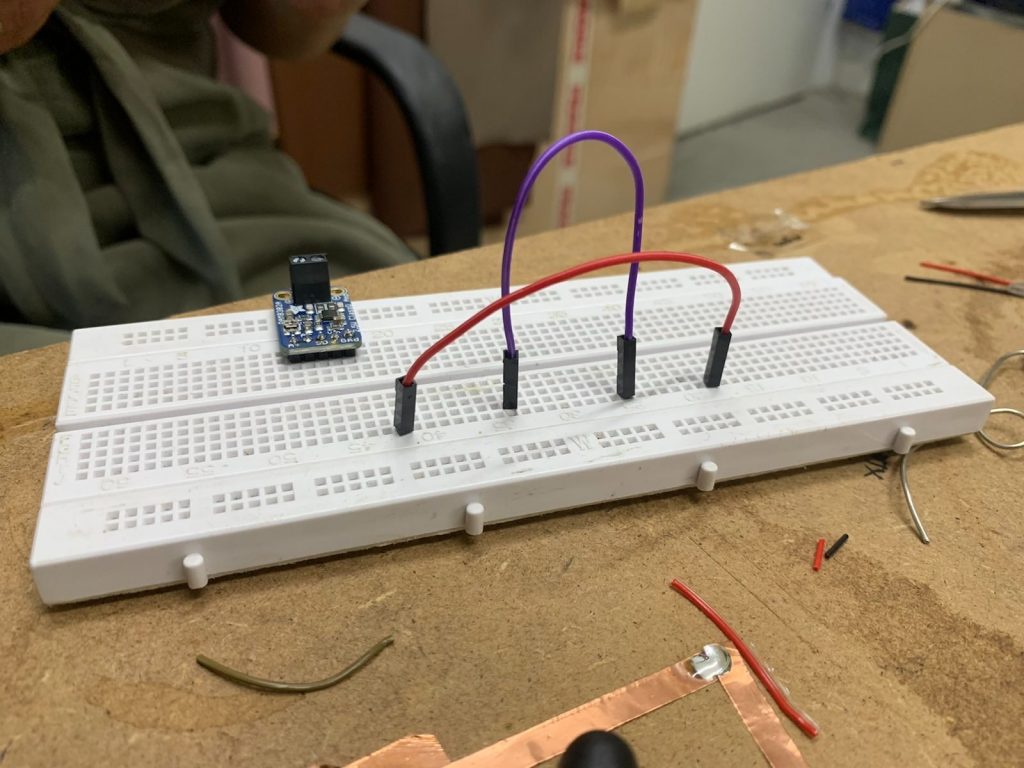
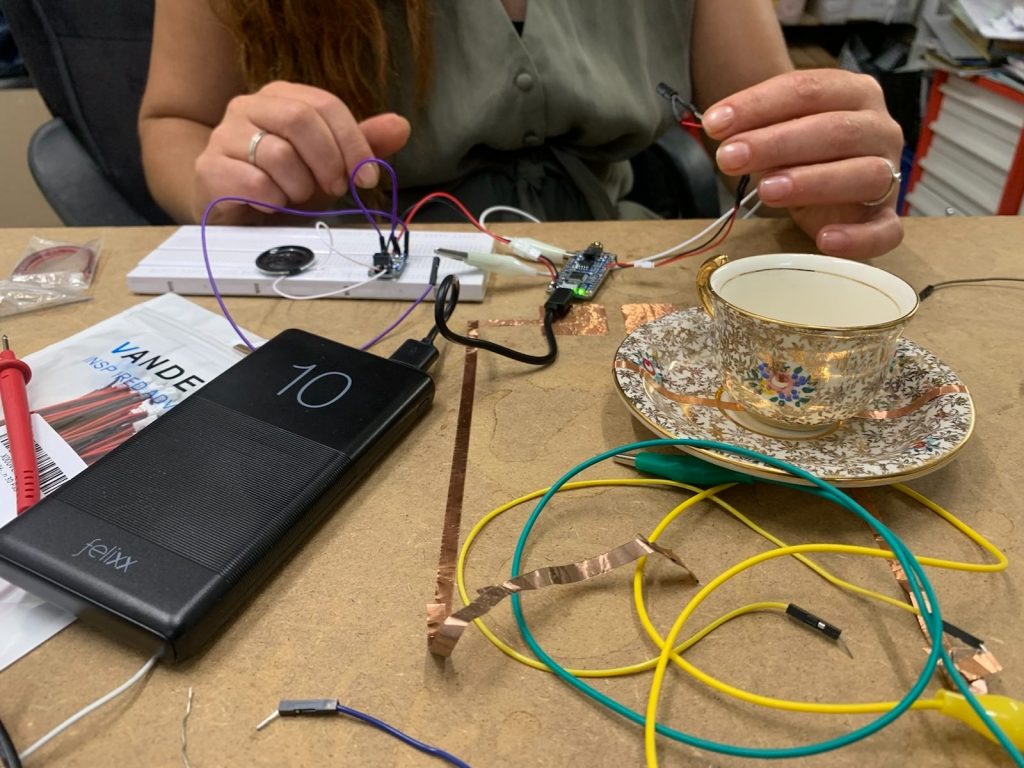
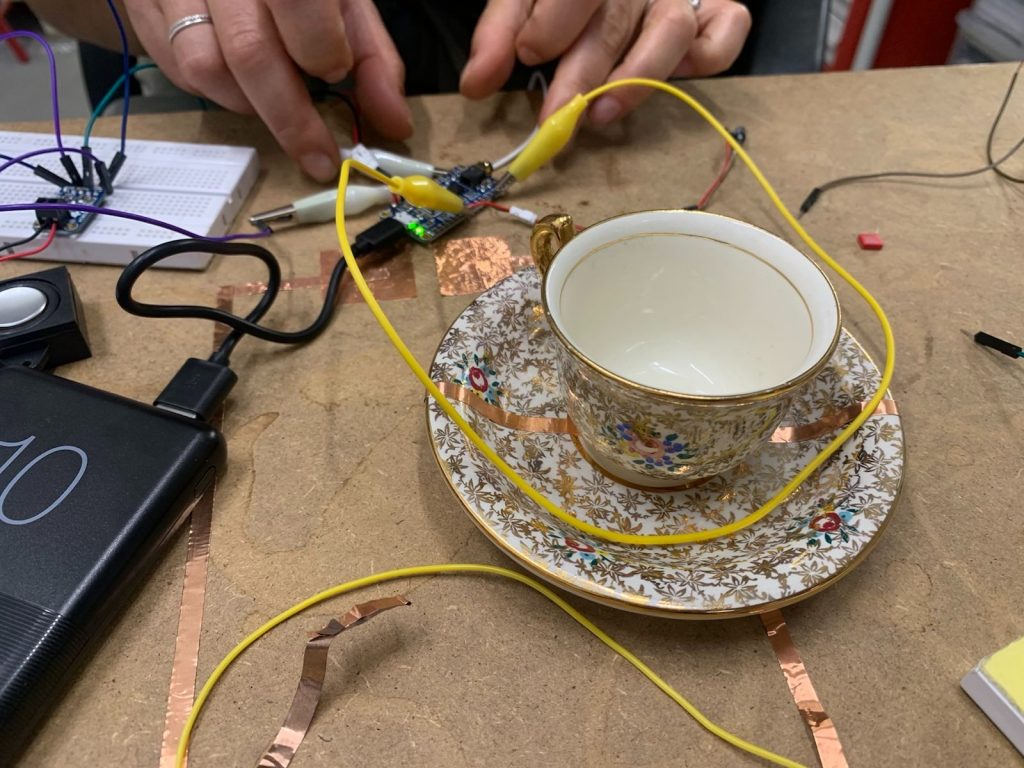
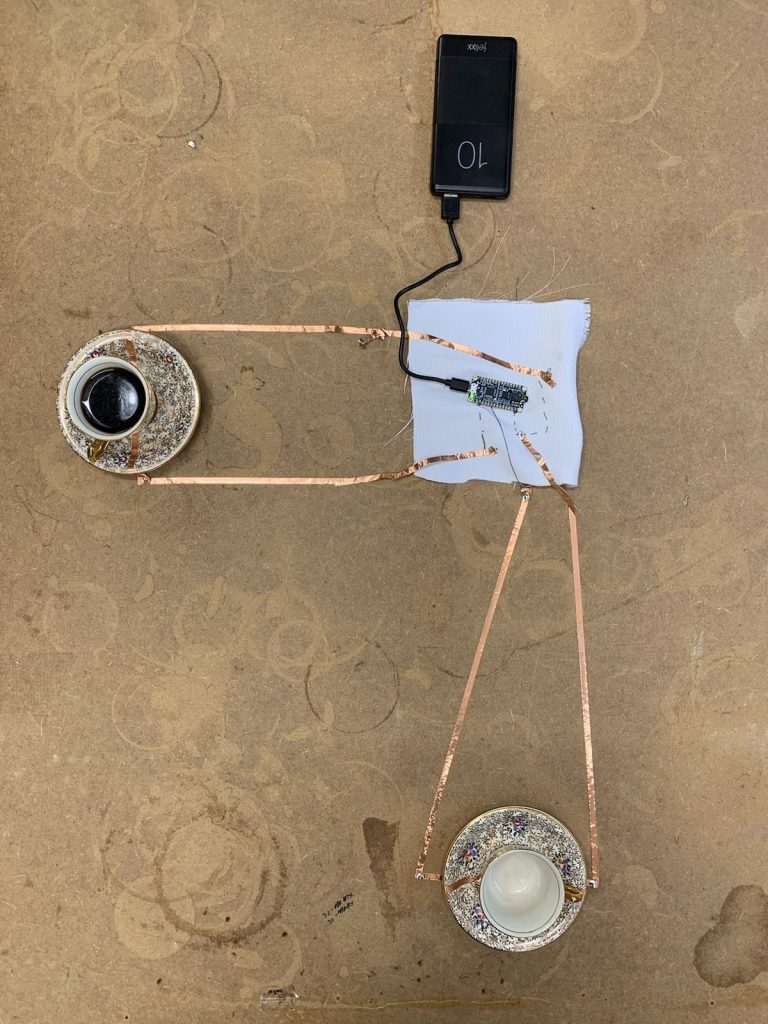
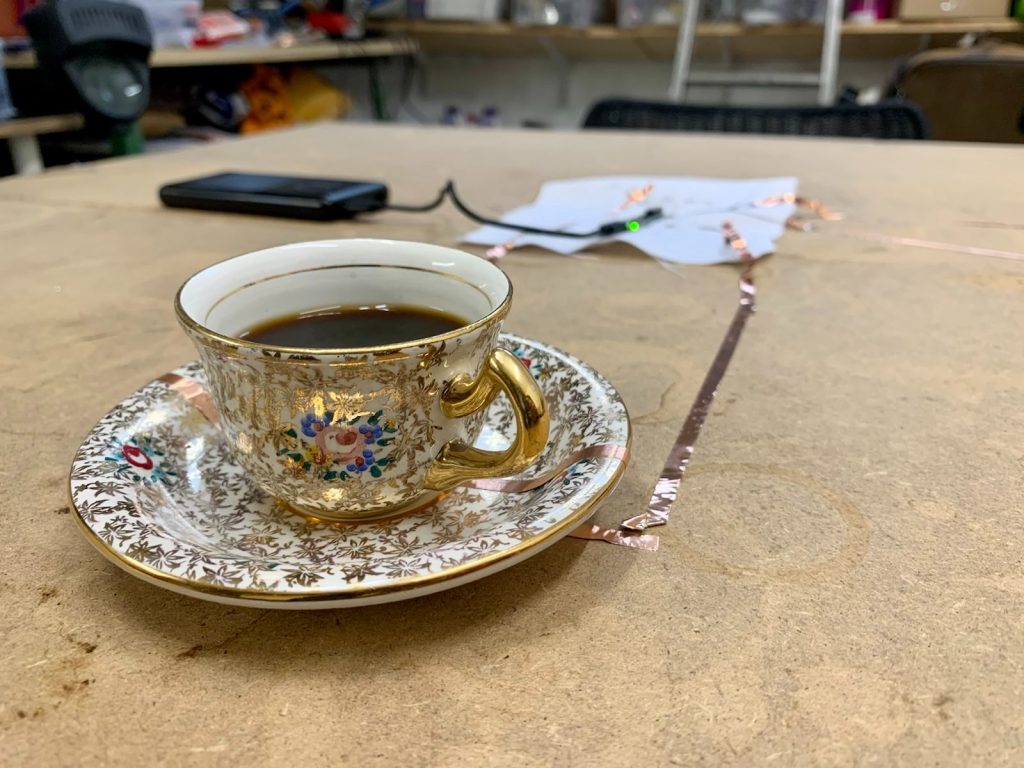
Building Circuits as an Artistic Practice







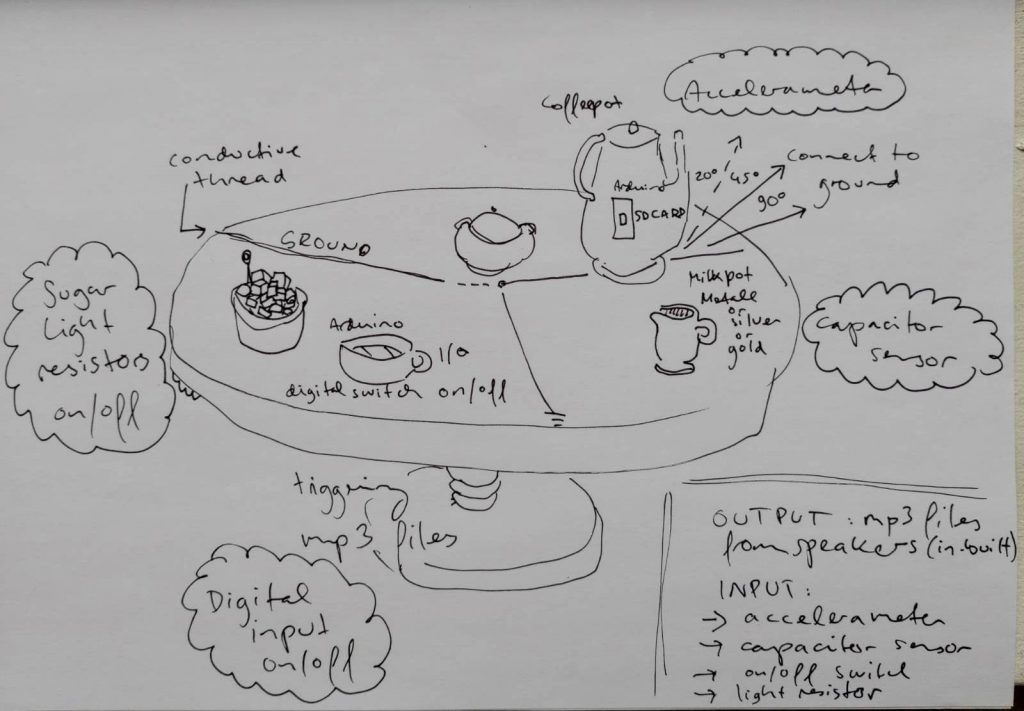
We are testing some gold-enamel porcelain coffee cup sets as switches in electronic circuits. We also looked at a book called “Women’s collecting and display” which discusses the role of the materiality of porcelain. It posits women’s collecting as emancipation, and tells the story of porcelain’s arrival in Europe, the emergence of porcelain as a collectible and display as a significant activity for women in the private housings. We see a link between porcelain and electronic consumption as a part of history of accumulation and privilege, but also democratisation – porcelain was available not only for rich, upper class women, but also women other classes.
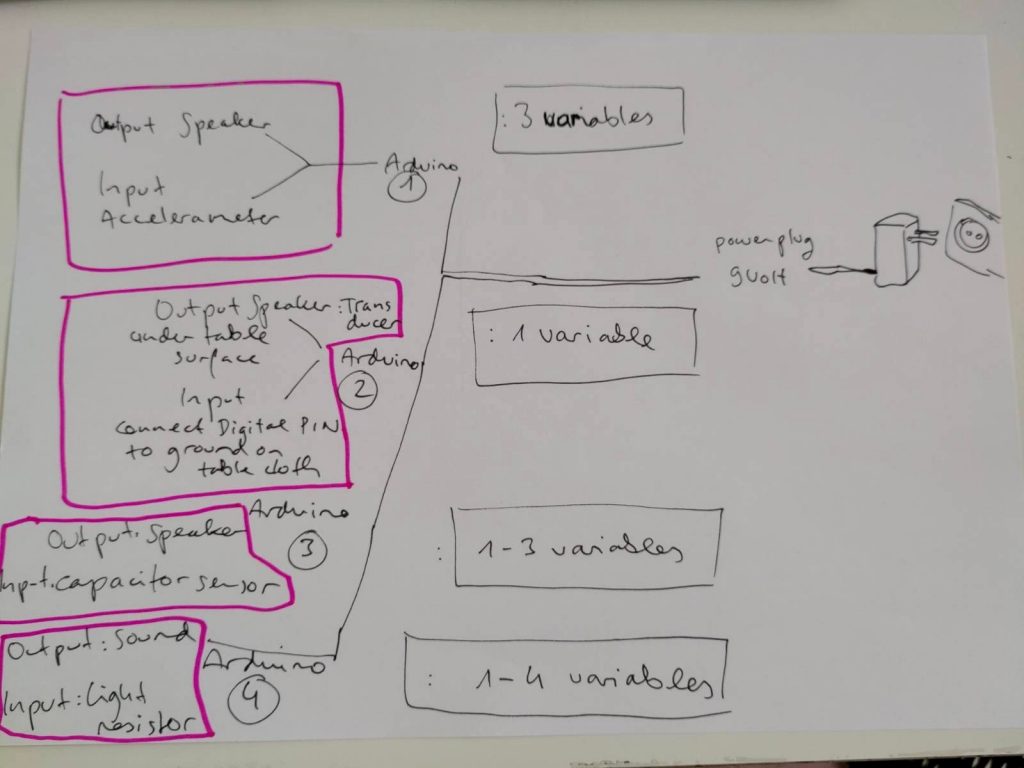
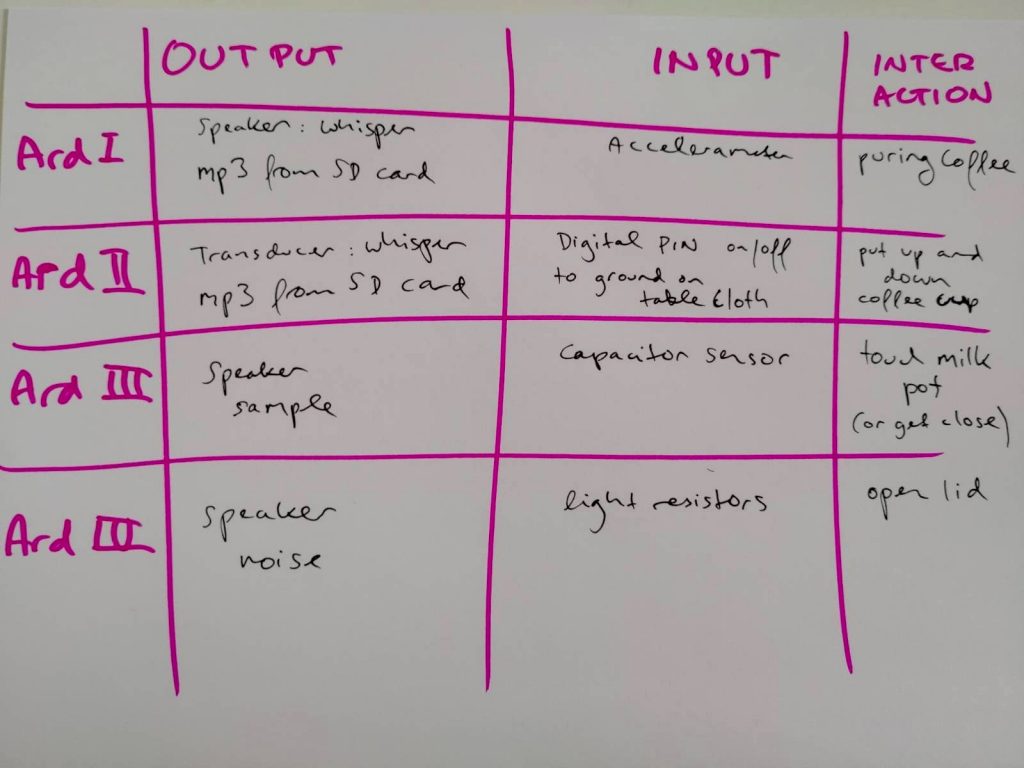
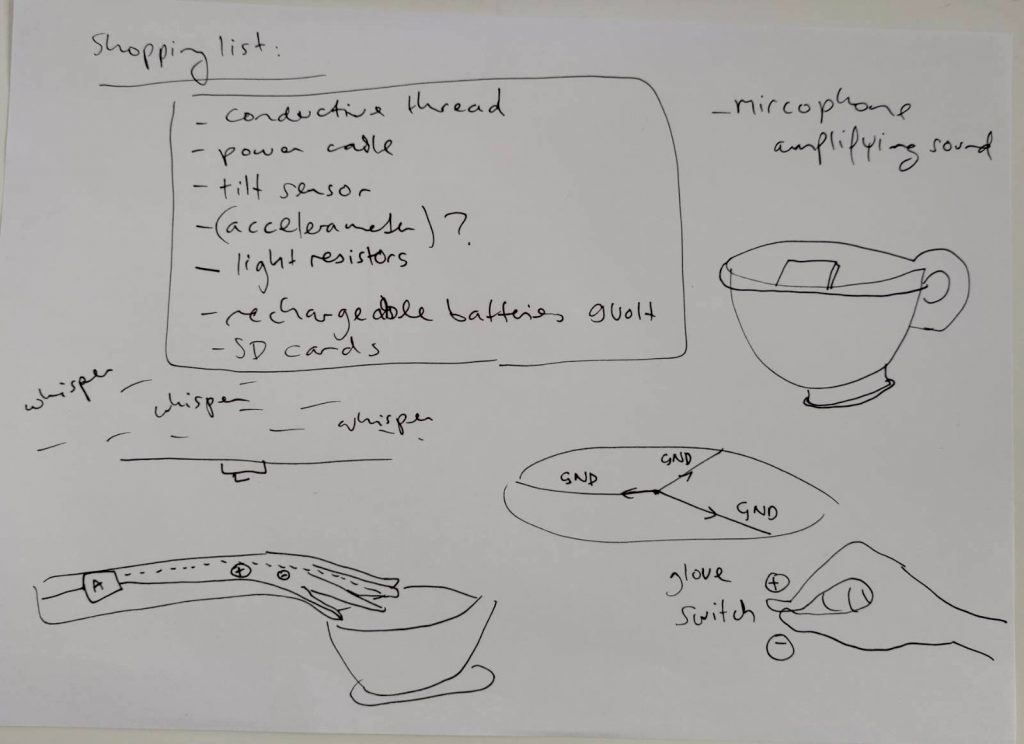
The Research Day 2021 of the Academy covered a range of current research work at the Academy of Fine Arts Vienna, providing insights into specific projects and their results and invites you to a collegial discussion. The Research Day focused on presentations of the (interim) results of research projects at an advanced stage.
Maybe the electronic parts in the ceramic shapes could be arranged in a way that they connect through gravity. If the top and bottom are not parallel, but rather cone shaped, they could kind of “fall into place” through gravity.
Like the sunflower seeds:
So this would be upside down:
If the top surface was elliptical, it could be easier to mark the plus and the minus, because it could only be put in one direction, not the other:
The 6-edge mockup:
Minimum 3 edges:
Research Department of Aveiro Institute of Materials, Portugal